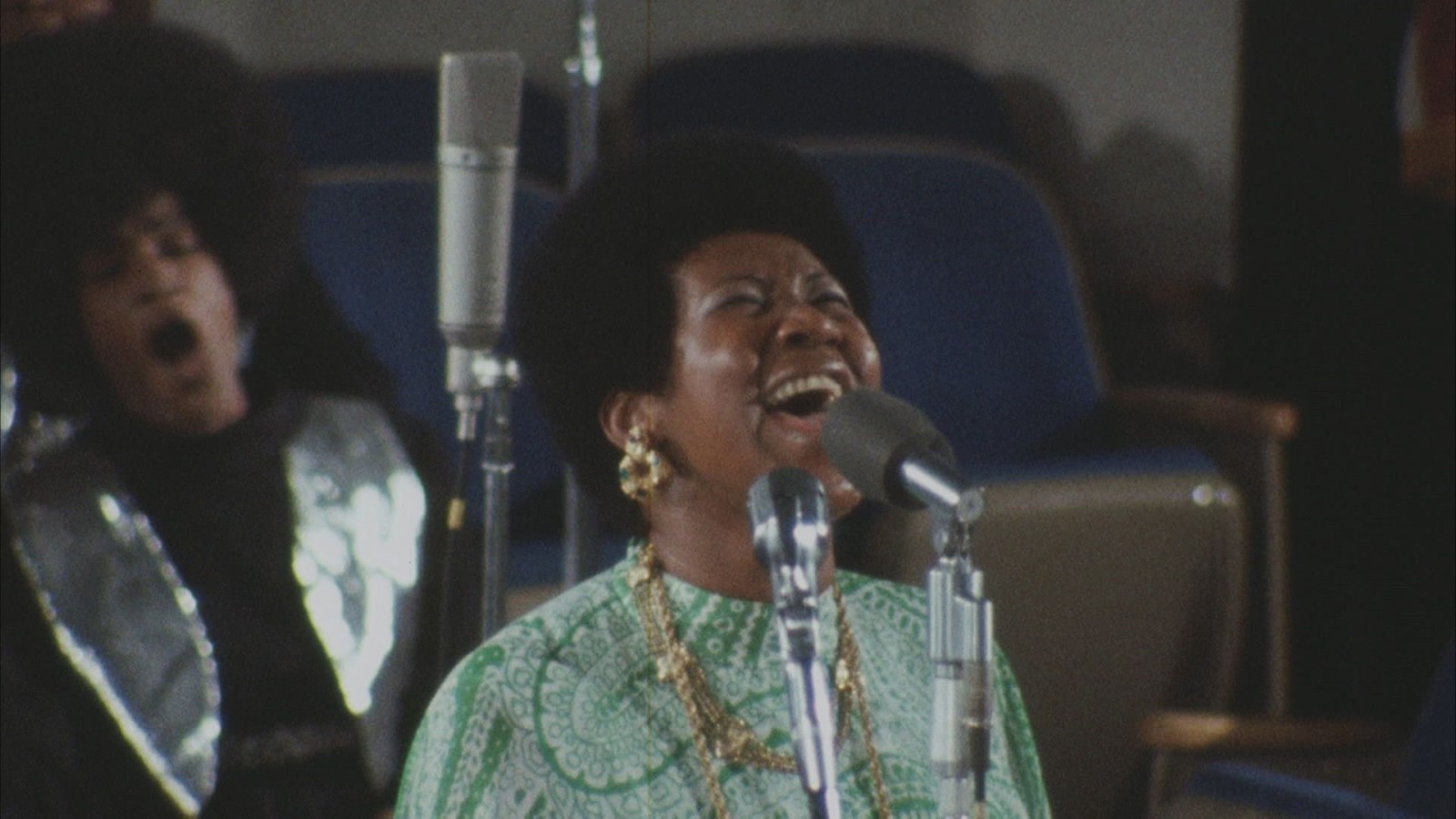‘Amazing Grace’: Beautiful and Unsettling
Documentary Is Wake-Up Call to What a Marvel Aretha Franklin Was

For those who may have grown numb to Aretha Franklin’s true greatness due to airwave oversaturation, the documentary Amazing Grace is an astonishing wake-up call to what a jaw-dropping marvel she really was. Shot in 1972 over two days of live performance at the New Bethel Baptist Church in Los Angeles, Amazing Grace chronicles Franklin as she returned to the gospel roots from which she sprang. She is backed not just by one of the tightest rhythm sections ever assembled on planet earth but by the Reverend James Cleveland and the Southern California Community Choir.
If you don’t find yourself in tears, that’s only because you died and no one got around to telling you. As ecstatically moving as the film undeniably is, it’s also profoundly unsettling. Franklin’s face between songs is conspicuously wary and on guard. There’s no light, no joy, no ease. Then her father, the charismatic minister and accomplished gospel singer C.L. Franklin, shows up and you understand why. He sucks all the oxygen out of her tent. It’s hard not to suspect he’s been doing that her entire life.
In Amazing Grace, the camera shows what words cannot say: an Aretha Franklin forced to flee into the infinitude of genius to find solace. Much has been made of how long it’s taken for this film to be made — 38 years. Part of the problem lies with director Sydney Pollack, who forgot to get his microphones in sync with the film as he shot. But even after that technical hurdle was overcome, Franklin herself sued multiple times to stop the release of the film. She never explained why. Watching this, she didn’t need to.



